Throughout history's numerous fables of connections and breakups, the unanimous and consistent nature of food both making and breaking relationships has always been prominent. In fact, I consider myself very lucky to be born in a place where I was exposed to so many cultures that it was difficult not to see similarities, along with the fun and endless quarrels for the bragging rights of who inspired whom.
But what is the common food link between Nepal and Japan?
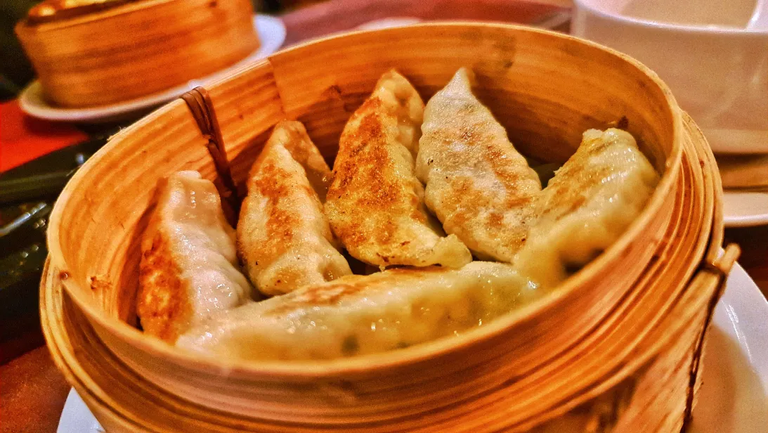
Among the beautiful lineup of brick buildings that were erected from early to late 1600s and some from the 1800s, there was a plethora of choices. I went through looking at the restaurants to refuel to continue my journey of exploring the world unknown to me.
I stumbled upon Marpha Sushi. Ah, a Japanese joint, never disappoints, I told myself. Anyone who has followed my food journey knows that my genes have turned half into sushi and half into margarita pizzas by now. But below the beautiful header written in typically Japanese styled font, there was a humble "Nepali Kitchen" written.
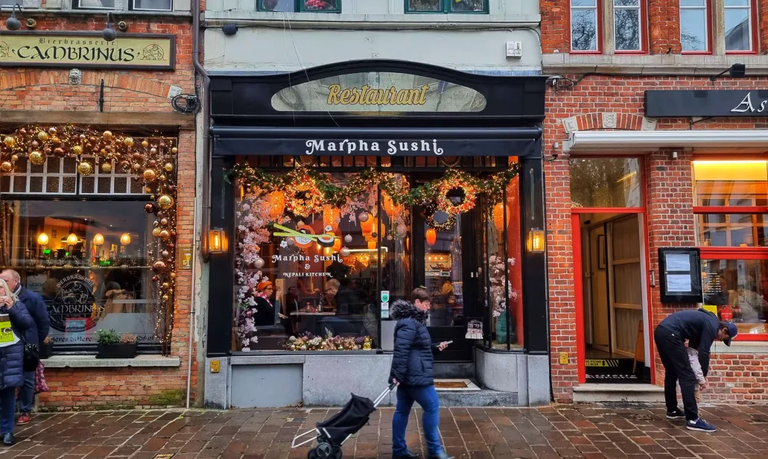
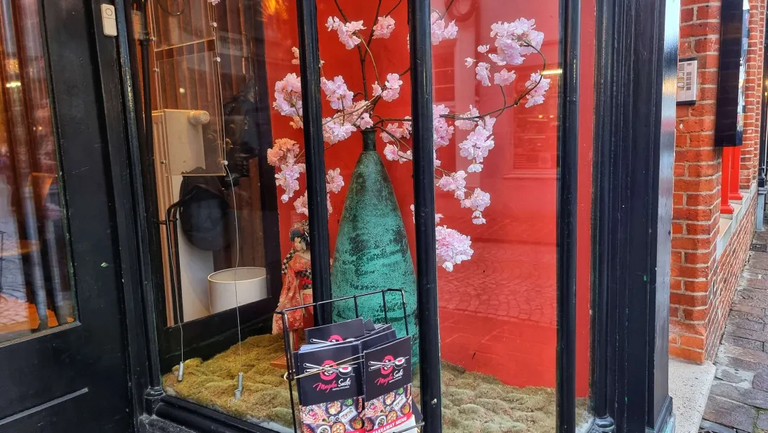
Just recently I piloted my Nepalese food journey. It is very ironic because I had a couple of close Nepali friends but never tried their food until recently. I tried their Veg Momos. It is very similar to the popular dumpling that comes out of almost every country in the Southern Asian subcontinent.
But all the momos taste very different. I personally didn't like the Nepali momos. Ukrainian dumplings have ruined every other dumpling for me. Kinda like Luqaimat from the UAE, it has raised up every existing bar when it comes to desserts.
Gyoza sold me. I saw it on the menu and I knew it was good enough. Excited to see what a fusion between Japanese and Nepalese cuisines could look like, I decided to have my meal here.

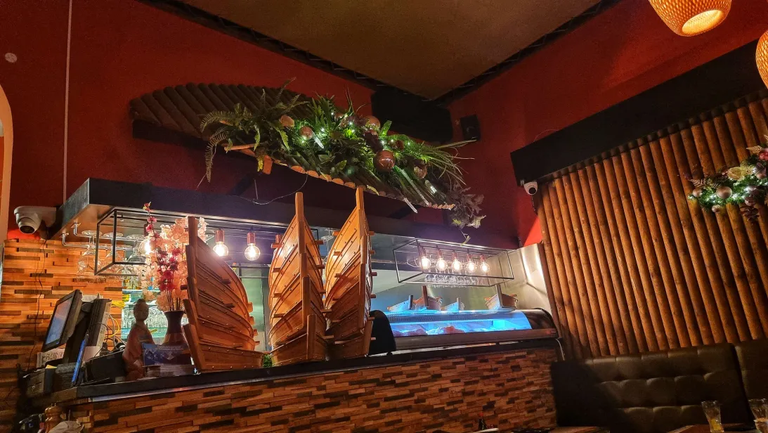
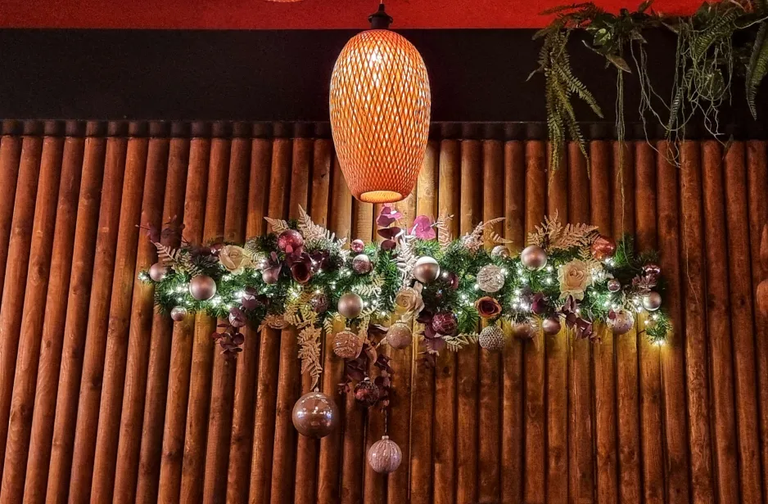
History lesson.
While waiting for my order, which was very quick. I did a small look up. Turns out, there is no outstanding shared history between the people of the two nations on a genetic level. There is some influence of Japanese behaviour on the Nepalese and kids are sometimes told to be as good as the Japanese. The only thing that stood out to me, for the sake of fusion in terms of food, was that there was a prominent level of migration from Nepal to Japan due to better economic situation. Hmm, still not good enough to create a fusion, no?
Well, I was partly right. The menu really wasn't a mix or had any inspiration. It was basically a menu with both Japanese and Nepalese items. Mostly Japanese though.
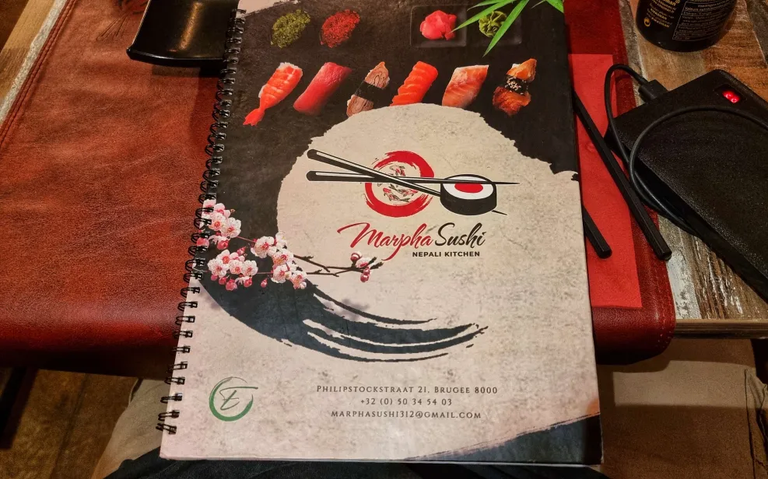
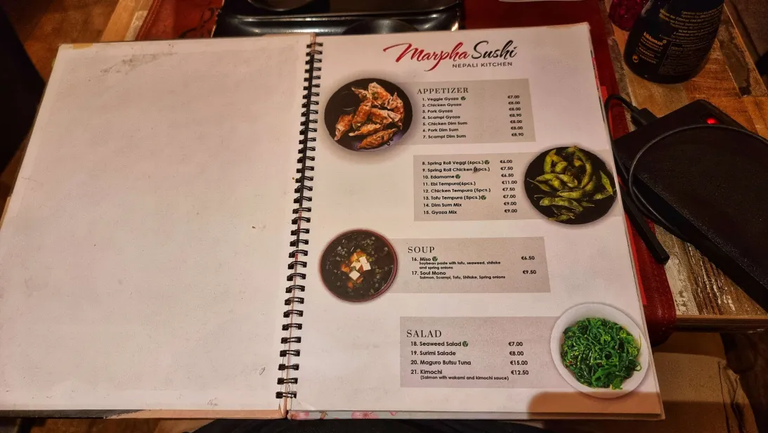
The food was freshly made and on the table faster than I could expect.
What I didn't expect was the dining being so small, especially since they do have a lot of space that is used as a corridor that leads to a bigger hall that is used as the powder room. I asked the waiter if they had other dining spaces and this hall you see is the only one. So why use all that space for a powder room and make shift corridor?
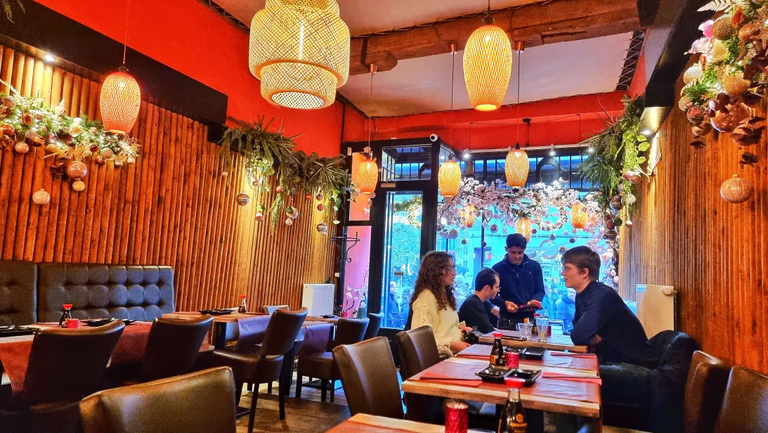
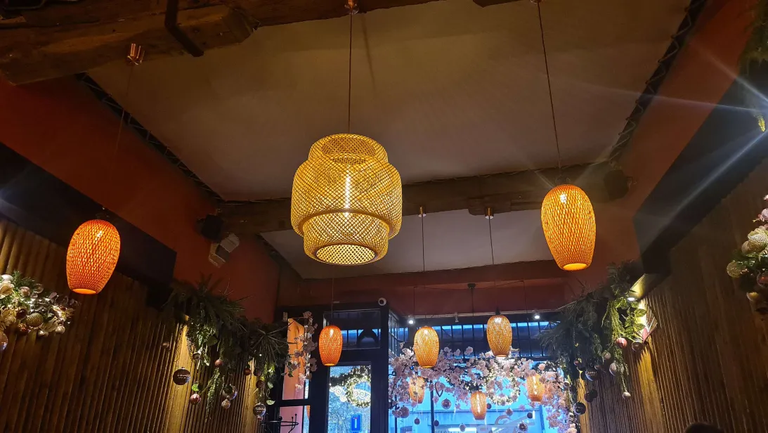
I really wanted to give Nepalese food another shot. But the risk was too high. I decided to stick to what I know and love, especially since I'm travelling.
I went for the beef gyoza and vegetable spring rolls.
The prices are much lower than in the Netherlands and the food tastes better. This is a common theme I continue seeing. Odd.

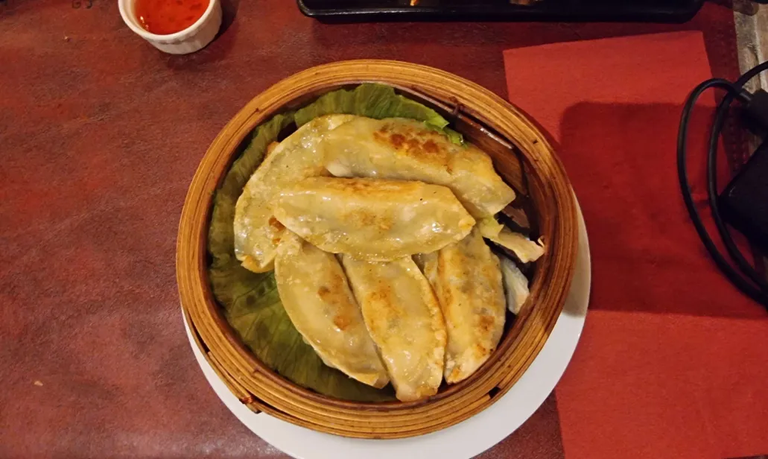
The steamed gyoza came in this beautiful bamboo bowl that it is steamed in. However, the gyozas look and tasted fried and steamed, not only steamed. The veg springrolls were very delicious.
I am pretty satisfied with the taste and feel. However, nothing can absolve the disappointment I felt. I expected a fusion, and a rather weird one. Should I be happy or sad that it was simply a Nepalese and a Japanese spot, and not a mix?

Affiliate links
Rising Star
Exode
Huobi
Appics
Splinterlands
Actifit
Binance
Ionomy
Cryptex